Coral: Magic Millen Millennium Spirit
Author:Knowledge Society Time:2022.09.26
Coral is one of the oldest marine creatures on the planet, and its history on the earth is nearly 500 million years. Coral looks like plants from the outside, but from the perspective of biology, corals are a kind of sea -ranging cylindrical cavity animal called "coral insects". Red coral, known as the only thousand -year spiritual material in jewelry, is charming, glossy, crystal clear, and moist, and won the favor of many collectors.
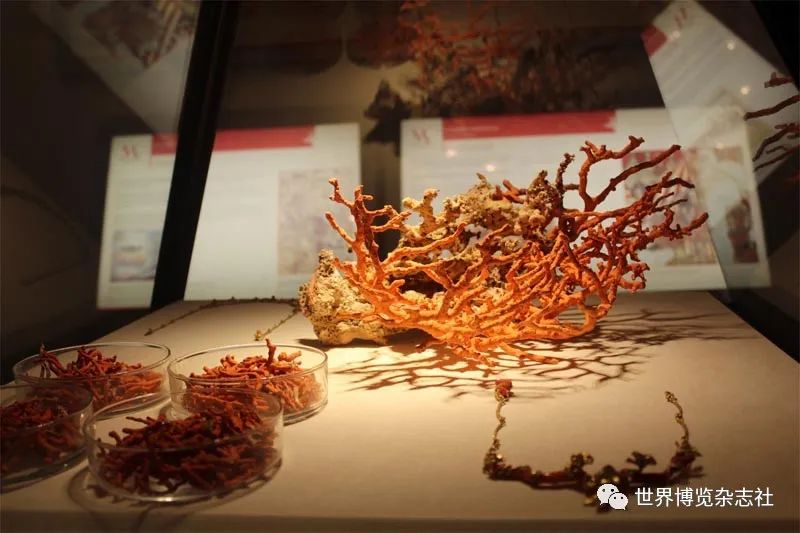
Many people think that red corals are red organic gems with different shades, but in fact, red corals have a detailed classification. Different types of red corals will have different value even if they have similar colors.
The different connotation of the "red" of Da Mei
Coral, the English name is CORAL, derived from Greek, meaning "bright stones". Red coral is a kind of coral. As the name suggests, red coral refers to red coral. There are many names on the market on the market. From the perspective of the scientific name, there are Mediterranean red corals, Japanese red corals, thin and red corals, etc.; According to varieties, commonly known as deep water corals, Mu corals, sardine corals, Aka corals, etc. Among them Aka corals are the most valuable.
The various names make many consumers dazzling, and the quality of the red coral represented by the name is unknown. In fact, there are two types of names for red corals: one is named after gemstone standards, and the other is named after different colors. Therefore, the same red coral will often have two or more names according to different standards. Based on the standard of gemstones, red corals mainly include expensive corals, horny corals, fossil corals, reef corals, etc.; According to different colors, the names of red corals are dark red corals, peach corals, pink corals, pink white corals , White corals, etc.
Red coral is one of the earliest gems that people are recognized and used. Throughout the history of ancient and modern Chinese and foreign, the status of red corals is lofty and has a long history and culture. In the past, some people thought that red corals were discovered by the Indians in the 5th century BC, and some people thought it was first discovered by the Italians before 2000. In fact, according to the latest records, in 3000 BC, the Sumerians had made jewelry with red corals, and red coral amulets were found in the tomb of the Neolithic Shili Age in Switzerland.
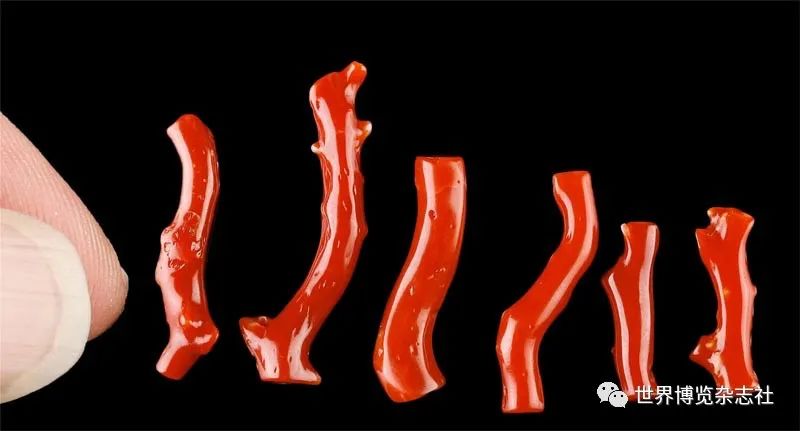
Because red coral grows in the deep sea, it has been suffering from great pressure, which will cause stress resistance to external pressure. After the red coral is salvaged, the external pressure is reduced and the internal stress release is released, which forms a deeper or shallow crack.
The famous ancient Roman scholar Lao Pinsoni mentioned red coral many times in "History of Nature". The ancient Romans believed that red corals had the function of preventing disasters and giving wisdom, so they often hung red coral branches on their children's neck and prayed for peace. color.
The Indians believe that "valuable corals are the mother of the earth." The ancient Gauls decorated their armor, shirts and weapons with red corals to pray for good luck and shelter. Red coral is also the national stone of Italy, Algeria and other countries, symbolizing calmness, courage and courage.
As early as 2000 years ago, the oldest coral fishing ground in Italy had a history of mining. In the middle of the 16th century, a red coral collection boom began in the port of Torradlekle, near Naples, Italy. By the end of the 18th century Become the main economic and trade activities of the city. At that time, the red coral trade along the Mediterranean coast was very prosperous, and therefore created many high -value red coral art masterpieces.
Hawaii, the United States, lists valuable red corals as its stones; the Japanese also love red corals and regard red corals as one of its "four major countries" (coral art, tea ceremony, flower roads, pearls); Red coral and pearl and amber are tied as the three major organic gems, which is one of the "March Birthday Stones" in the West; Red Coral is also the love of the king and the collection of the museum. It is made of corals. There are many red coral boutiques in the Louvre of France. The Italian Museum and the Spanish church also have precious red coral artworks.
The people of my country have regarded red coral as treasures since ancient times, and are countries that develop and use red coral earlier. As early as the Qin Dynasty, red corals were widely popular as furnishings and decorations. In the "Shanhai Jing · Sea Classic", some people organized the records of red corals together. The book describes the regrets that cannot be salvaged without the entire red coral. At that time, the red corals were mainly used for furnishings and decoration.
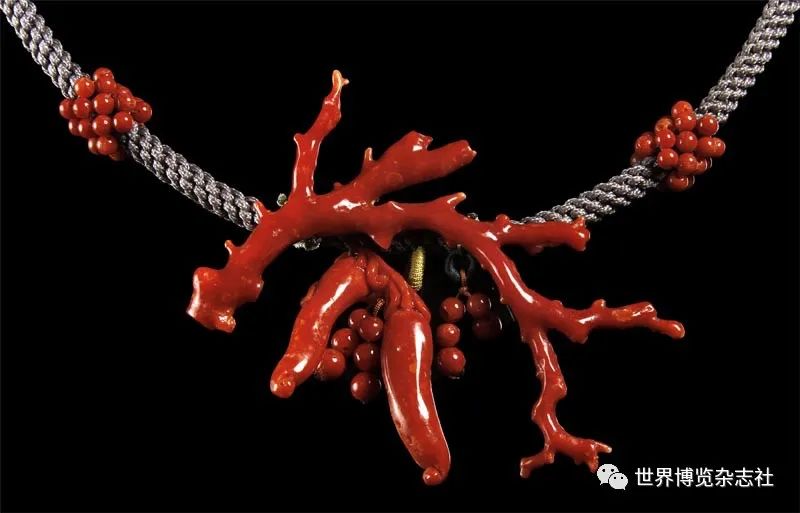
From the perspective of color, Aka Coral is positive red, commonly known as "cattle blood" corals. The red concentrations are different. Common colors such as orange red, red, red, dark red, black red, etc. Some sellers will use the red of Aka coral It is roughly divided into 5 color grades, the deeper the more expensive.
In the Qing Dynasty, Red Coral was regarded as a treasure by the royal family. The clothing system stipulated that many ornaments must be based on red corals. The Geese Crown uses the red coral hat, which shows the special status of red coral in the social culture at that time.
At the end of the 20th century, on the beast -shaped box unearthed from the Eastern Han Tomb of Xuzhou, Jiangsu, people saw the earliest red coral inlaid. Its color was still vivid after 2000. The small coral artifact unearthed from the north tower of the Liao Dynasty and a coral peach -shaped decoration unearthed from the Qianyu tomb of the Qianyu of the Yuan Dynasty in Jiangsu all told people the early glory experienced by the red coral. The ancients once called red corals with gold, silver, pearls, agate, amber, and glass as Buddhist seven treasures. The top of the two -grade officials of the Qing Dynasty in my country and the beads were made of valuable red corals. All kinds of lively descriptions all highlight the important position of red coral in traditional historical and culture in my country. Animals or plants?
Corals are gathered by countless small coral worms. This small bug is exquisite, beautiful, and very delicate!
The coral worm is automatically fixed on the lime relic pile of the ancestors during the white larvae stage. Corals rely on their own tentacles to capture food, and secrete a kind of lime (mineral composition is Fangli Stone) to build their own body. In the process of growth, in order to capture food and absorb the sun, in addition to growing up, it also expands back and forth to form a biological group in a three -degree space.
The shape of coral worms is very small, usually only a few millimeters, exquisite body, beautiful color, and very delicate. It can only live in waters with water temperatures throughout the year, and the water quality must be clean and transparent. It cannot be exposed on the water for a long time. Only with these harsh conditions can corals grow lush and build coral reefs.
Coral is the oldest marine life on the planet, about 500 million years ago.
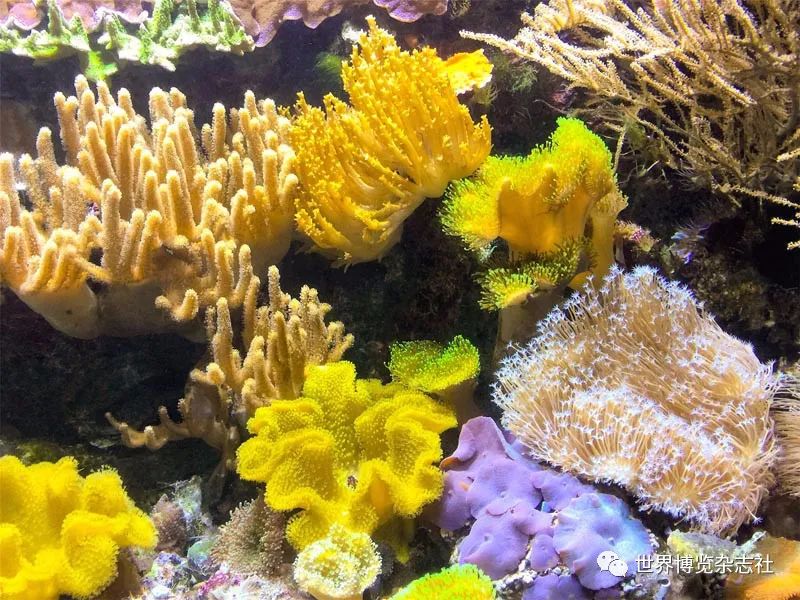
Coral worms will absorb calcium carbonate in the seawater to make their own bones. Therefore, the chemical composition of corals is mainly calcium carbonate, which exists in the form of microcrystalline squares. There are a certain amount of organic matter in the ingredients. Each monolithic coral horizontal surface has concentric circular and radial stripes. The color is often white, and there are a small amount of blue and black.
During the formation of red corals, a large amount of trace elements such as iron, manganese, magnesium, and zinc must be generated by relying on volcanic activity of the sea floor. Only by naturally absorb these precious trace elements can we finally form gorgeous colors. The growth environment of red corals determines the characteristics of red coral. These characteristics are the important basis for identifying authentic red corals. One of the significant features that red corals have pressure patterns, that is, deep or shallow cracks on red corals.
How is the pressure pattern of red coral generated? This can start with deep sea fish. As soon as the deep -sea fish gets the body on the shore, it will be bloated. This is because the pressure of the seawater is several times larger than the atmospheric pressure. In order to balance the pressure of the body and outside the sea water, the deep -sea fish is also high. It is much larger and will bloated. Red corals produce the same principle of pressure patterns. Because red coral grows in the deep sea, it has always endured a lot of pressure, which will cause stress that resist external pressure. After the red coral is salvaged, the external pressure is reduced and the internal stress release is released, which forms a deeper or shallow crack.
The relatively lighter pressure pattern on the red coral is no problem. The deeper pressure pattern is still careful, but there is no need to talk about "pattern" color changes. Many gems -emerald, ruby, etc. will have pressure patterns. Stress lines become more delicate. In addition to stress patterns, red corals often have attachments. They are like gems in the containing objects. They are shells such as the ocean. Parasitic or symbiotic on the interior and surface of red corals, thus forming irregular holes grooves or grooves or or. The protruding part is an inevitable phenomenon for the formation of natural red corals, and it is also one of the important features of natural red corals.
Many people think that red corals are red organic gems with different shades, but in fact, red corals have a detailed classification. Different types of red corals will have different values even if they have similar colors, such as Aka Red Coral and Sands. Ding Hong coral is a good example.
The category of red corals is colorful and diverse. According to different standards and different angles, red coral can be classified according to shape, classification, level classification, color classification, classification according to the place of origin, classification of use, classification according to process classification, etc. Essence This different perspective classification, some cross each other, and some are causal.
During the formation of red corals, a large amount of trace elements such as iron, manganese, magnesium, and zinc must be generated by relying on volcanic activity of the sea floor. Only by naturally absorb these precious trace elements can we finally form gorgeous colors.
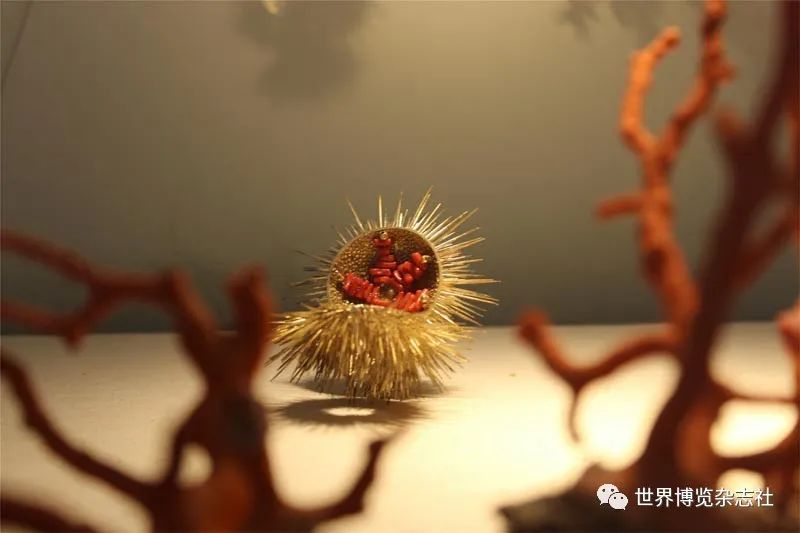
There are many types of corals. There are about 36,000 varieties of corals in the world. There are also more than 400 kinds of coral species recorded in my country. However, there are only 32 gem -grade corals with collective investment value, and they are deep sea corals. Because the deep sea coral grows on the bottom of the sea, the structure is hard, and the distribution in the world is very limited. The number only accounts for 1 % -2 % of the coral family. It is very rare and valuable. Essence Corals are produced in warm ocean areas. Reef corals grow in a relatively shallow warm sea in the near shore, usually growing most vigorously at 30 meters away from the water surface. The special living environment and habitats required by corals have greatly limited the geographical distribution of coral reefs in the world. Although the ocean is vast and vast, it accounts for more than 70 % of the global area, but the waters that are suitable for coral growth are relatively narrow. In modern oceans, coral reefs are only between 32 degrees north latitude and 32 degrees south latitude.
Coral also has strict requirements for the growth environment. It must be cleaned in the water quality of the tropical shallow sea. It also requires that water is rich in nutrients and high seawater salinity. These factors determine the limit of coral reef distribution. The most concentrated areas of coral reefs are the northeast waters of Australia, the three largest Pacific Islands -the Maranica Islands, the Mikonisia Islands, the waters of Polynesia, and Indonesia in the "country of the Thousand Islands". In addition, the Indian Ocean, the Seychella Islands, Mauritius, the coast of Madagascar, the Caribbean of the Red Sea and the Atlantic Ocean, as well as the waters of the South my country Sea Islands are also ideal areas for reef corals to build coral reefs.
my country's Xisha and Nansha Islands, tropical Africa east coasts, the Atlantic Caribbean and South Asia coast, tropical Africa West Coast is basically in the same latitude, but the corals in the first few seas are clustered and the island reefs stand up. In the trace, the tropical Africa West Coast is only distributed in coral reefs in the seas of Guinea. The main reason is that the former is because the Ganges and Indian River on the Indian subcontinent inject a large amount of fresh water and sediment into the sea, which reduces the turbidity and salinity of the seawater, and the sand particles directly destroy corals. These factors make it difficult for corals to settle here; The latter was because the temperature rising from the deep water from the Atlantic Ocean caused a low temperature on the west coast of Africa, which was not suitable for the survival of corals.
The West Coast of Australia and the South American Peruvian coasts that do not have a river in South America seem to have the conditions for coral growth and development, but in fact these two places do not have coral reefs. The reason is that the nearby waters near the two places are blowing away from the coast due to strong near -shore wind, causing the vertical movement of seawater to rise. Bring low -temperature and low -salt deep water to the sea water surface, resulting in low temperature and low salt in the near -shore waters, curbing to curb them, and curb them. The survival of corals.
The skewers in southern Japan are near 33.5 degrees north latitude. It is the northernmost boundary distributed by coral reefs. It has exceeded the boundary of 32 degrees north latitude. The reason why corals survive and create coral reefs is because these sea areas are also under the control of strong black tide warm currents. The appropriate temperature range, thereby building coral reefs. Because other sea areas of the same latitude are not within the scope of the heating of the dark tide, the water temperature is low, and there is no coral survival, and it is impossible to form a coral reef.
Wisdom to know "“ "
The distribution of coral reefs is restricted by the conditions required by coral survival. Any sea area with coral reefs must have all necessary conditions for coral survival and reproduction. The top coral is Aka, and Aka's full name is Chi Coral. Aka Coral has grown in the waters of Japan and part of Taiwan.
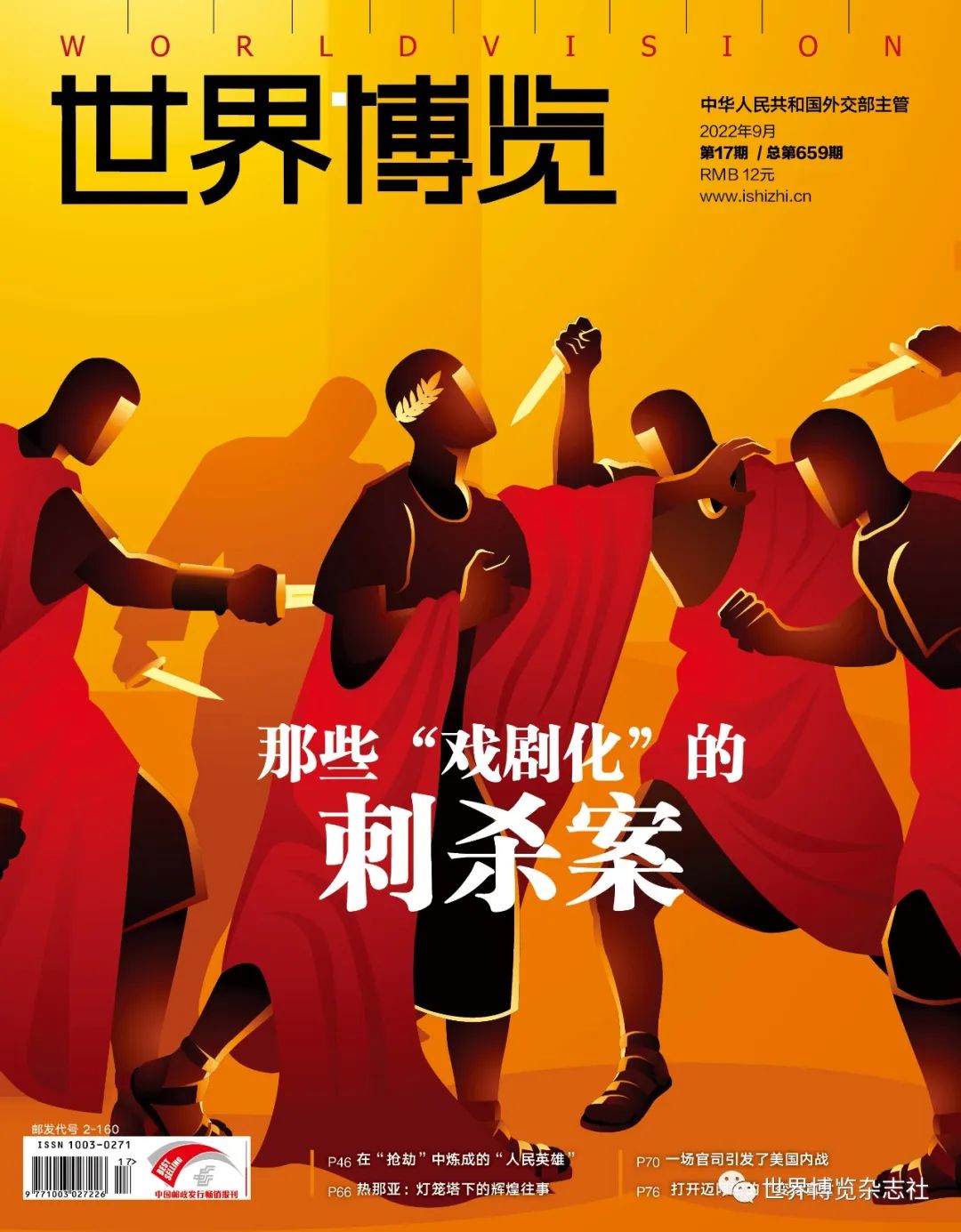
The biggest feature of Aka Coral is white core. The white core is a white part like an ivory. This is one of the important features of the Akka region than other precious corals.
In the dark world of Akka Corals below the sea hundreds of meters, the turbulent sea flow is their "damaged friends" and accompanied them to grow; under the sea pressure is their mentor, stronger their bodies, making them dense and moisturizing. Aka corals have the front and back, the front is full of vicissitudes, the back of the back is unlimited, and the glory is shining. Therefore, Aka corals generally do not appear upright, but a bit like sea turtles -slightly flat on the front, and the back is still very beautiful.
From the perspective of color, Aka Coral is positive red, commonly known as "cattle blood" corals. The red concentration is different. Common orange, red, red, dark red, black and red. For 5 colors, the deeper the more expensive. Of course, Aka Coral also has pink, peach, or orange pink, but it is not often encountered.
The treasure of Taiwan's Gorgeous Coral Museum Town, the world's largest Aka coral tree.
Aka's color is rosy, with a glass luster, divided into the opposite side, and the front of the back is white heart. Generally, it is mostly used to make a ring. Aka corals are relatively rare for more than 10 mm. If it is more than 20 mm, it will have a lot of collection value.
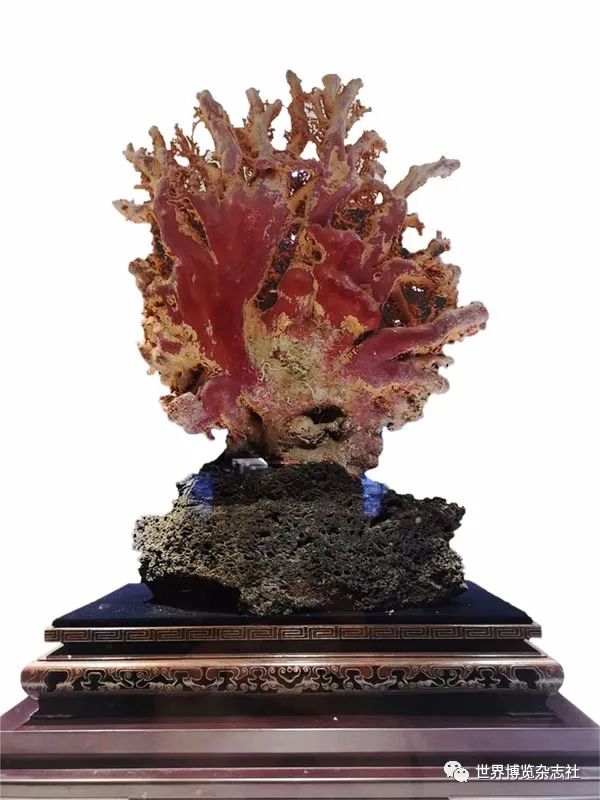
The second -level coral is called "Syding", which is mainly produced in the sea near the European Mediterranean Sydding. Most of them are operated by Italians, also known as "Italian corals".
Salian corals are deep water corals. With the changes in corals, sardine corals now refer to the deep water corals of the Mediterranean. Salian corals are generally 50-20 meters below the sea, and they grow lighter in expensive corals, so divers wearing oxygen tanks often harass them. Because it grows in a deep sea area, there is almost no pressure pattern on the surface of the sardine coral.
Salian coral is a big red order, commonly known as "chili red" coral, and the price is basically more than 300 yuan per gram. The color of the sardine red coral is rosy and uniform, without white cores. Most of the common bracelets and necklace coral jewelry products on the market are mostly sardine coral materials. The color of the sardine coral is similar to Aka. It is common orange, orange, chocolate, righteousness, and dark red, but it can achieve the deepest color of Aka coral -that is, the red is completely black, and it is basically difficult to meet.
Both Aka Coral and Sardine Coral can reach very conspicuous red, but the value of the former is still many times higher. There are several reasons: First, the output of sardine corals is much higher than that of Aka coral, and the material is rare. To be expensive, the rareness of the sardine coral is slightly inferior. Secondly, the density of the sardine coral is smaller than the Aka coral. The low density also causes its quality to decline. Looking carefully at the sardine coral, it can easily see the thick red coral fingerprint lines on the surface. Third, the texture of the sardine coral looks very rigid, not as jewelry as Aka coral. The advantages of sardine corals are uniform colors, which are generally more red, and basically do not have any white dots and pressure patterns. The disadvantage of the sardine coral is that its density is the smallest in several expensive corals, relatively loose, without Aka and the delicate texture and good light transmission, easy to whiten, black, and fade.
Although the corals (MOMO) corals and Aka corals belong to Asian corals, there are many things in common, but it is rare to use the corals to impersonate Aka corals, and it is common to impersonate Aka corals with sardine corals.
Is the third level? The main producing areas are the waters of Taiwan. The family is a huge and complicated classification in corals. Except for Aka and Sasin, almost all of them can be classified as the Momo family. What kind of coral texture is between Aka and Sanding, closer to Aka, and also white cores.
As an example, if it is the same red Aka and the same redness, at first glance, it seems to be the same, but if you look closely, you can see the difference in texture: Aka coral is the slightly diachrum texture of the glass. The quality of the quality, it looks like a slightly transparent feeling, the coral -specific fingerprint -shaped texture cannot be clearly seen on the surface of the Aka coral. And the coral is like a porcelain -like porcelain, compared with the Aka coral, the fingerprint -shaped pattern unique to the coral surface should be clearer. The coral is bright in color, but compared with Aka coral, it feels dry. In this regard, you must buy, see it, and touch it to experience it. The texture of the coral is not described as described. It is a kind of porcelain texture, which is very different from the glass texture of Aka Coral. If the larger Aka coral carvings and the coral carvings are compared with a larger comparison, the different feelings in this texture will be more intense.
Red coral, pearl, and amber are the three major organic gems in the world. Among them, Red Coral ranks first in the three major organic gems in the eyes of collectors with its scarce resources and high prices.
In recent years, with the enthusiasm of collecting enthusiasm in all sectors of society, the mining of red coral has become increasingly frequent, making red coral resources, which was already very scarce, and the prices have continued to rise.
The appreciation of red corals exceeds China's real estate, rising at a 30 % rate per year. For example, a series of 108 red coral pearl chains with a diameter of 6 mm in diameter of the same quality have a chance to buy hundreds of dollars 10 years ago, and the annual prices in recent years have risen sharply, with 42 %, 60 % and 60 % and each year. 87.5 %. The price of top red corals often doubles a year.
In the 20th century, the auction price of red coral was not high. After entering the 21st century, Red Coral began to be favored by some collectors, and the auction price increased significantly. At the Christie's Spring Auction in Hong Kong in 2000, a large -scale Qing Dynasty coral carving phoenix ornaments exceeded 370,000 yuan. However, the market price of the new red coral jewelry at this time is not high. A small red coral pendant, auction transaction price of one or two thousand yuan. At a auction in 2007, a large -scale Qing Dynasty coral carving character ornament set a high price of 572,000 yuan, becoming a red coral carvings with higher transactions in the red coral art market at that time. After the Japanese earthquake, the prices of red corals soared again. In 2013, the price of this red coral carving character has exceeded one million yuan.
This article contains the "World Expo" magazine 2022, No. 17
Editor in charge: suxin
- END -
Lile and Music Shandong | Zibo: National Art Fund's funding project "Contemporary Arts and Crafts Review Talent Training" trainees went to Zibo to inspect

In order to further consolidate the theoretical knowledge of the classroom and enr...
"Beauty is Guang -National Fine Arts Exhibition"
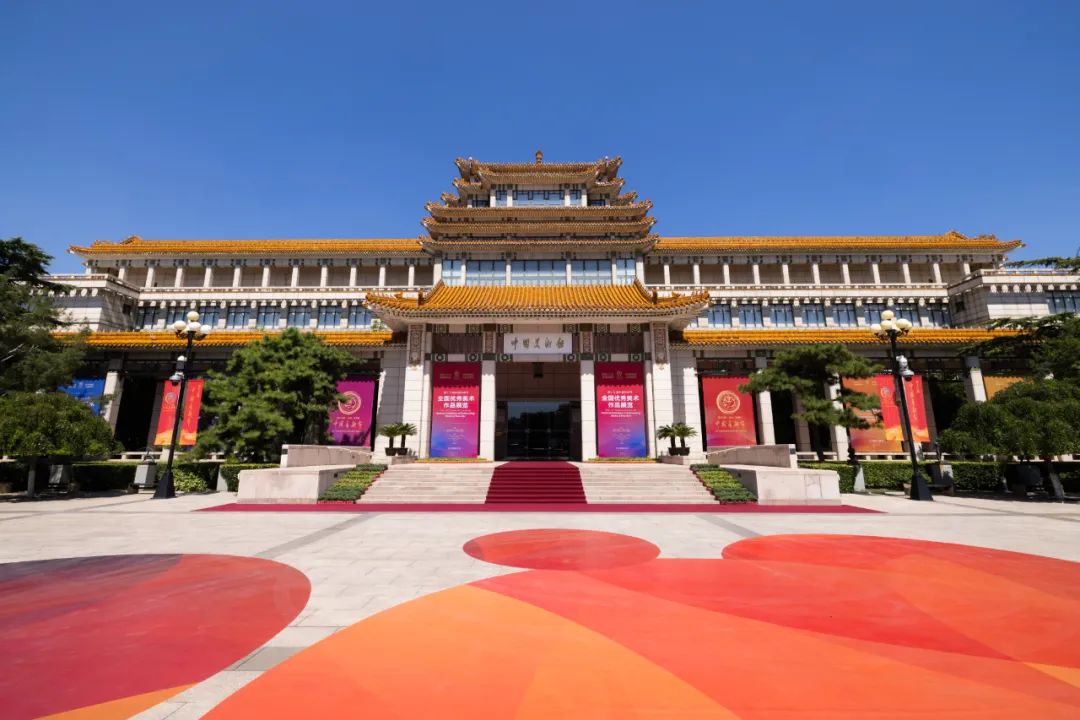
There are no shortage of imperial systems in the history of art, and some small wo...